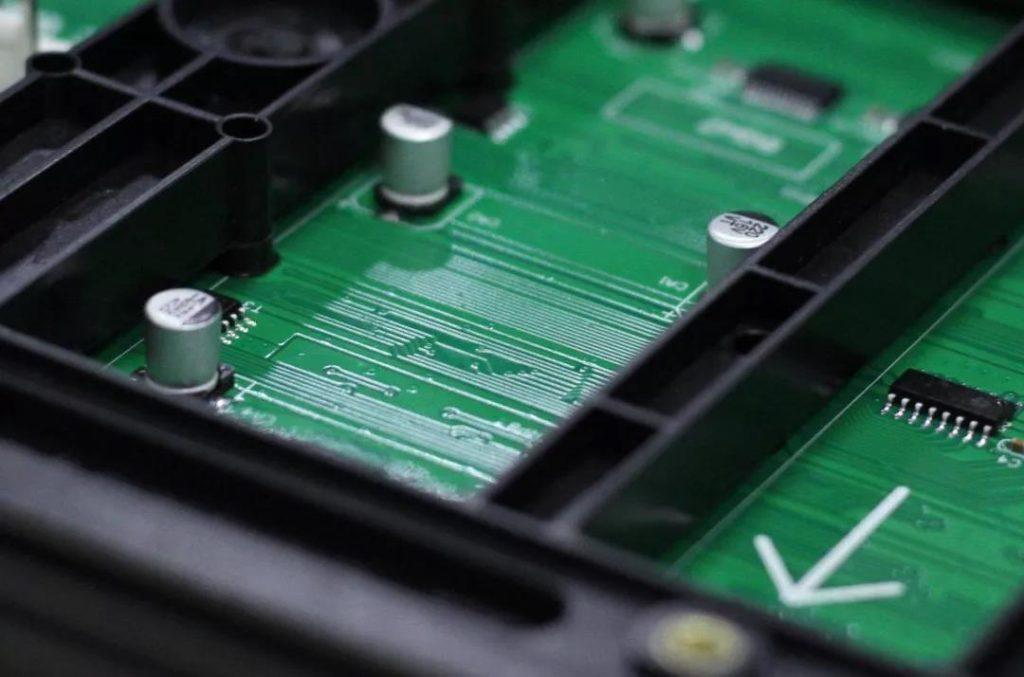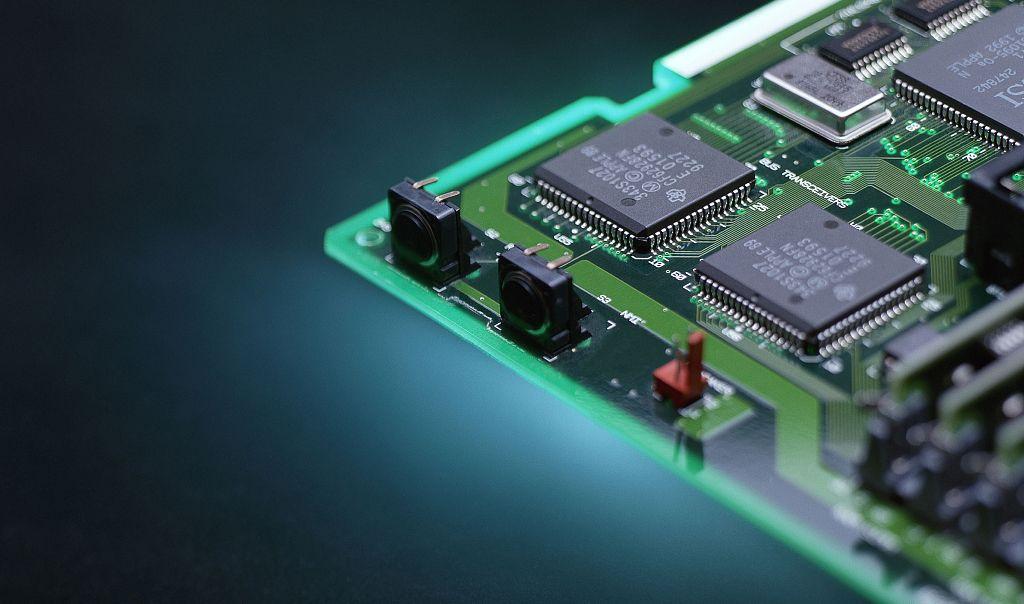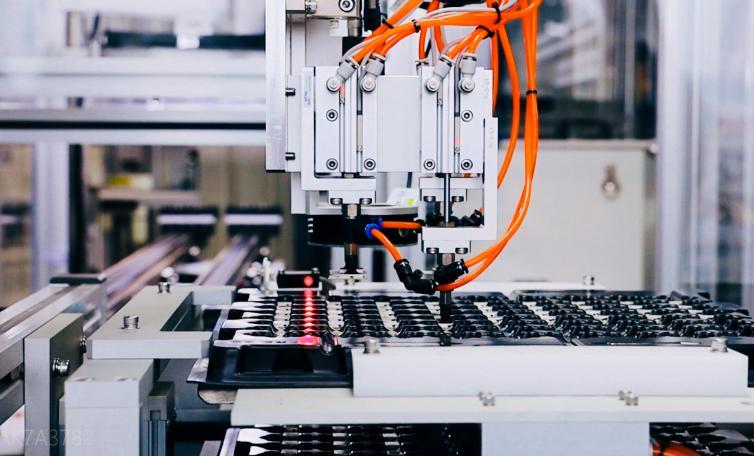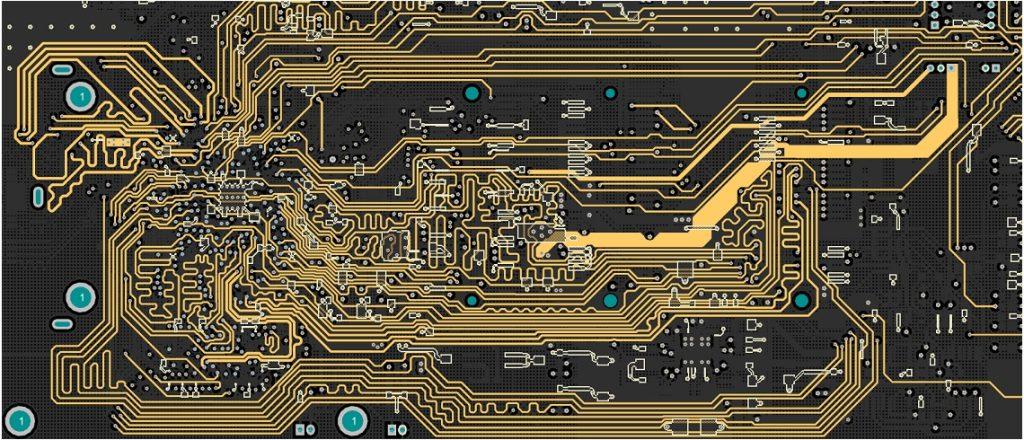- Printed circuit board three anti-paint refers to which three anti-?
- Pcb three anti-paint coating thickness
- How to use the tool to measure the thickness of the PCB tri-proof paint coating?
- Steps for spraying Pcba tri-proof paint
- The baking temperature of Pcba three-proof paint
- Summary
Moisture is the most common and destructive major factor for PCB circuit boards. Excessive moisture will significantly reduce the insulation resistance between the conductors, accelerating high-speed decomposition, and reducing the Q value and corrosion of the conductors. Three protection processes of PCB circuit boards there are currently three main types: three protection paint, electronic wax, and nano-coating.
Printed circuit board three anti-paint refers to which three anti-?
Printed circuit board three-proof paint is a specially formulated coating used to protect the circuit board and its related equipment from the erosion of the bad environment, thereby improving and extending their service life, to ensure the safety and reliability of use. Printed circuit board three-proof paint from the chemical composition can be divided into acrylate, silicone, and polyurethane three-proof paint. Generally used brush coating, spraying, dipping, and other processes, coating drying, and curing, will form a protective film; the printed circuit board plays a moisture-proof, salt spray, mould 3 anti-protection, which is currently the most widely used in the electronics industry three anti-protection process.

Pcb three anti-paint coating thickness
PCBA processing in most circuit board products is coated with the normal thickness of 25 to 127 microns; some products are coated with a lower thickness, the specific thickness according to the actual use of the scene and customer requirements to decide.
Pcb three anti-paint coating thickness, the thicker the effect is better misleading many users think that the thicker, the better. In fact, not necessarily, three anti-paint is divided into acrylic, three anti-paint, silicone, three anti-paint, polyurethane, three anti-paint, Etc. Different types of PCBs’ three anti-paint coating thickness requirements are different, and each industry on three anti-paint coating thickness requirements is different.
Because each type of product, specifically in the use of the coating thickness, has different requirements, each product in different environments and needs to use the coating thickness is also different.
For example, the ordinary electronic products PCB, PCB three anti paint requirements are not particularly high, no special thickness requirements when coating, generally 20-30 microns thickness can meet. Special requirements can be taken multiple coating, to be completely cured on the board after the second coating of three anti paint.
The industrial PCB and military PCB , PCB three anti-paint performance requirements are higher, and the thickness of the coating is about 30-50 microns; while choosing a relatively better performance of the three anti-paint types, the circuit board plays a better protection role.
How to use the tool to measure the thickness of the PCB tri-proof paint coating?
Printed circuit boards must use the thinnest coating material to provide maximum protection to minimize heat-trapping, additional weight gain, and various other problems. There are three main methods to measure the thickness of a conformal coating.
1. Wet Film Thickness Gauge
Wet film thickness can be measured directly using a suitable gauge. These gauges contain a series of notches, each tooth having a known calibration length. The gauge is placed directly on the wet film for a thin film measurement, and this measurement is then multiplied by the percentage of solids in the coating to calculate an approximate dry coating thickness.
2. Micrometer
Micrometre thickness measurements are taken at several locations on the printed circuit board before and after coating occurs. The cured coating thickness is subtracted from the uncoated thickness and divided by 2 to obtain the thickness of one side of the board. The standard deviation of the measurement is then calculated to determine the uniformity of the coating. Micrometre measurement is best done with a harder coating that will not deform under pressure.
3、Ultrasonic Thickness Gauge
This gauge uses ultrasonic waves to measure the thickness of the coating. It has the advantage over eddy current probes because it does not require a metal backing plate. The thickness depends on the time it takes for the sound to propagate from the transducer, pass through the coating, and reflect from the PCB surface. This method is relatively safe and does not damage the PCB.
Steps for spraying Pcba tri-proof paint
step 1: cleaning the board surface, keeping the board surface without oil and dust (mainly the residual flux components in the soldering process because this is mainly a bit of acid that will affect the durability of the components and PCB three anti-paint adhesion with the board surface.
step 2: is drying to clean the cleaning flux, and water is dried to ensure the board is dry.
step 3: is the deployment of PCB three-proof paint. According to the data provided by the manufacturer of the three-proof paint deployment of the appropriate viscosity of the three-proof paint, it is recommended that the appropriate ratio to adjust the viscosity of 15-18 seconds (coated 4 # cup) stir evenly, and then stand for 3-5 minutes to let the bubbles disappear completely after the spray gun can be loaded inside the spray if you use a brush, it is recommended to buy a soft wool brush, (stiff-haired pig hair brush should be thick and hard hair) Brush the surface of the paint film back to brush marks, the surface of the paint film is not smooth will affect the appearance, and pig hair brush in construction if too much force will produce bubbles)
Step 4: Spray PCB three anti-paint with 200 mesh filter poured into the spray can, adjust the gun’s air pressure and spray shape; the air pressure is too small. Three anti-paint atomizations are not good for spraying out the paint film will have small puddles, especially when the viscosity of the paint is a little larger, similar to the surface of the orange peel (when the board surface has oil stains will also appear orange peel like appearance) when the air pressure is too large PCB three anti paint spray in After the surface will be blown away by the air pressure to paint will appear in a pile of piles, in the drying process will appear hanging. It is recommended to adjust the spray gun spray shape for the fan, the nozzle and the board at an angle of 45 ° evenly moving the gun so that the spray evenly sprayed on the board, after spraying the first gun to go back to the second gun is to make the second gun of paint mist press the first gun of the paint film, and so on until all sprayed board, so as to ensure that the uniformity of the paint film will not leak spray. The speed of the gun can not be too fast according to the data of the PCB three anti-paint to ensure that the paint film can have a thickness of at least 50 microns.
Step 5: Bake the board after spraying it into the oven inside baking; according to the data provided by the three anti-paint manufacturers, set a good curve baking temperature; PCB three anti-paint is a self-drying word if it is a vertical oven; it is recommended to rest outside 3-5 minutes after entering the oven not more than 80 degrees baking 5-10 minutes on it if it is a tunnel oven, it is recommended that the front area 60 degrees in the middle area 80 If it is a tunnel oven, it is recommended that the front area is 60 degrees, the middle area is 80 degrees, and the back area is 70 degrees. If the painted surface is directly baked at a high temperature, the surface paint film will dry faster than the paint inside, which is equivalent to a film wrapping the bottom layer of paint inside. When the bottom layer of paint in the drying process of the solvent needs to evaporate out is not evaporated out will be the surface of the film drum through, will form a lot of pores and bubbles.
step 6: test the board; the baking oven inside the board will come out to test whether there is no leakage of air bubbles, the board surface paint film is uniform and complete without bubbles, then it is qualified.

The baking temperature of Pcba three-proof paint
At room temperature, it takes 10 minutes to dry and 24 hours to cure; if you want to be faster, you can use 60 degrees temperature baking for 30 minutes, can reach the curing requirements. Good quality PCB tri-proof paint can be completely cured to 80 temperature, baking for half an hour.
Summary
This article summarizes the thickness requirements, coating steps and measurement methods for PCB coating tri-proof paint. By coating the printed circuit boards and components with a suitable thickness of tribe-proof paint, you can reduce or largely eliminate the deterioration of electronic operating performance and extend the product’s life.
Anpllopcb providing some of the most innovative printed circuit board technologies and highest quality standards in the industry. You can count on us to meet your needs, from the simplest boards to the most complex designs for small quantity and large scale production.



